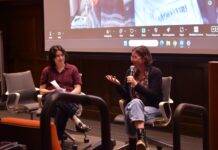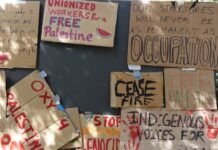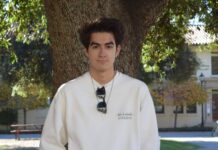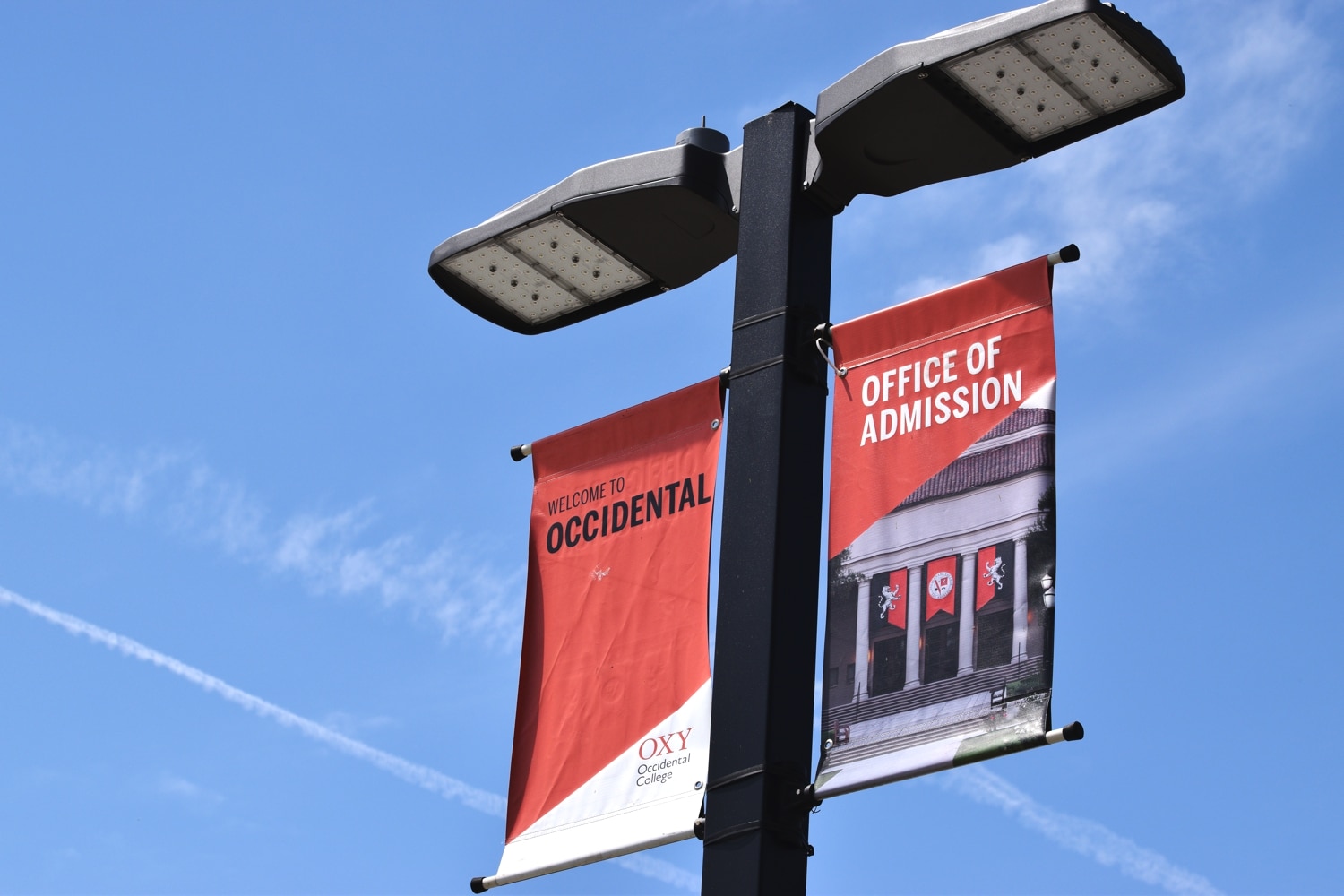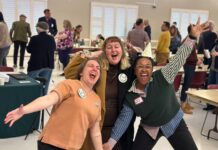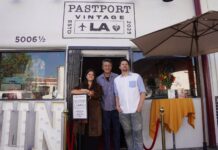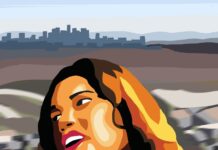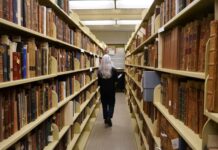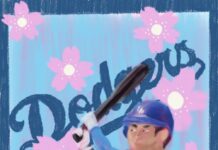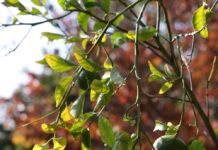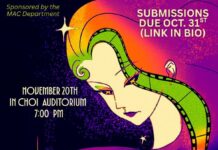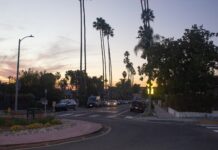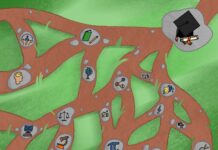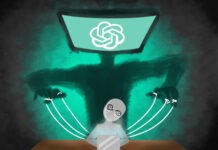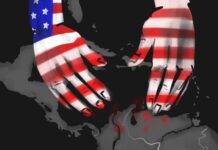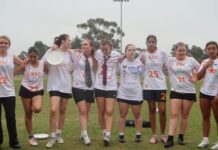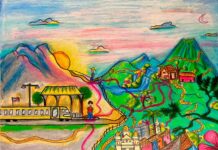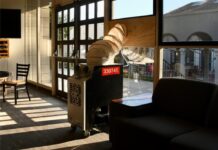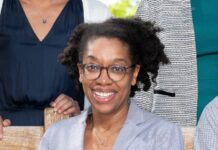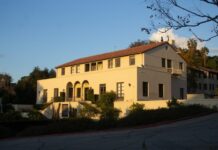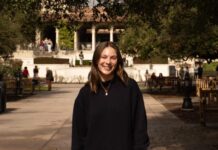OXY ARTS hosted a conversation titled “The Politics and Poetics of Memory” April 1 co-presented by the Occidental College Armenian Students Association. According to OXY ARTS Director Meldia Yesayan, the conversation provided context for other current OXY ARTS events by centering Armenian artists and writers whose works are rooted in the Armenian diaspora experience.
According to Yesayan, LA is home to the largest population of Armenians outside of Armenia.
“We hope the event sparks continued dialogue about how art and storytelling can be tools for resistance and solidarity across different histories and struggles,” Yesayan said via email.
Yesayan said via email the panelists came together because of their distinct yet interconnected artistic practices spanning literature, photography and theory.
Author Nancy Kricorian read an excerpt from her latest work, “The Burning Heart of the World,” which focuses on Armenians in Beirut before, during and after the Lebanese Civil War.
Kricorian said stories themselves can be a bridge for those displaced from ancestral lands to connect with their origins.
“When you’re disconnected from the land, how do you connect to your homeland?” Kricorian said. “As the language becomes less current, I think of stories as homelands.”
Multidisciplinary artist and curator Ara Oshagan presented “Beirut Memory Project.” Oshagan said he explored themes of displacement and return using collages of archival pre-1975 color images and contemporary black-and-white photos.
“[Diasporic existence] is not just linear in time; there is connectivity,” Oshagan said. “There is that kind of layering and ambiguity in the space that we live in, in terms of the language we speak — not only language, but the way we think.”
Associate Professor of Technology and Social Justice at Art Center College of Design, Mashinka Firunts Hakopian, said her project “Բաժակ Նայող” (One Who Looks at the Cup) uses a community dataset to train an artificial intelligence model to perform coffee reading. According to Hakopian, coffee reading is a form of divination done by interpreting the visual representation at the bottom of a coffee cup.
“[The model] affirms one’s future in the face of catastrophe,” Hakopian said. “As a diaspora, you are displaced not just in space — [you are] reconnecting with a form of time that is no longer accessible.”

Referencing the theme of haunting in relation to memory, disruption and endurance, Hakopian said she looks at the phenomenon from the perspective of liberatory futures.
“Haunting refers to the way in which the past is in the present and the future is cancelled,” Hakopian said. “The haunting of ancestors can be a force for political organizing and the refusal to be erased.”
Oshagan said he approached haunting from a personal perspective.
“Haunting drove me into this creative space to do something — I didn’t know what it was — to photograph,” Oshagan said.
In 2014, Kricorian said she went on an Armenian Heritage Trip to Türkiye, and she connects it to the experience of being haunted.
“You had this feeling that you were in search of ghosts — the ghosts of your family,” Kricorian said.
Hakopian said she spent a lot of her adult life thinking about the recursion of trauma as well as the structural perpetuation of colonization.
“When you are a descendent who has witnessed that recursion, you develop the responsibility to intervene and secure a radical future,” Hakopian said.
According to Oshagan, it is important to document survivor stories with attentiveness before they are lost and go unheard.
“Thinking back about how genocide survivors are undocumented or not collected, it was really, really important to be immediate, present, document, listen and support their stories,” Oshagan said.
Connecting her experience as a descendant of Armenian war survivors to current events, Kricorian said she has been working with a program to mentor young Palestinian writers in Gaza.
“My thing is about taking an action every day, and helping one person feels like saving an entire world,” Kricorian said.
Oshagan said the diasporic experience constitutes existing between multiple cultures and languages, fostering unique creative views.
“There is something positive about the diaspora […] that creates this kind of third space for us that we wouldn’t have otherwise,” Oshagan said.
Event moderator, USC anthropologist and filmmaker Joanne Nucho said pointing to a single home and origin is not easy for her because she sees herself like an onion with layers. When it comes to finding a unifying identity, Nucho said the multicultural nature of the city of LA can accommodate varying identities.
“Being from Los Angeles, I think you can contain all of them. That’s why it’s such an incredible and dynamic space,” Nucho said. “I feel very rooted in this city for that reason.”
Oshagan said it is important to embrace multiplicity rather than trying to find a singular identity across multiple countries.
“Identity is not linear; your identity is not hierarchical,” Oshagan said. “We have to move away from the idea that we have to be one thing but that we can be multiple things at the same time, and embrace that in a way.”
Contact Val Nguyen at vnguyen4@oxy.edu
![]()


